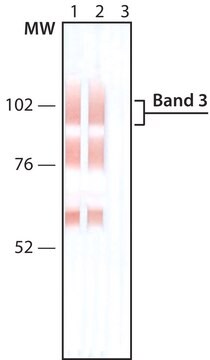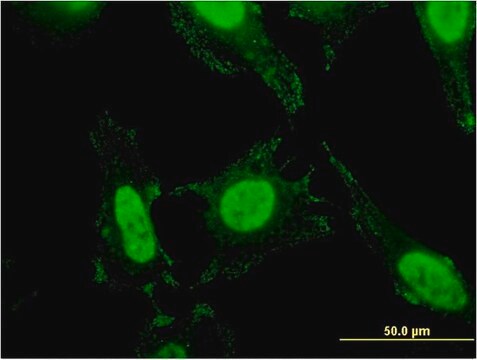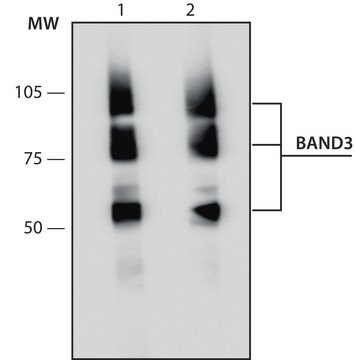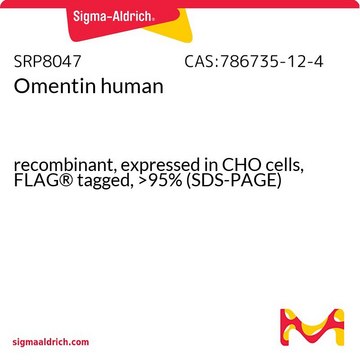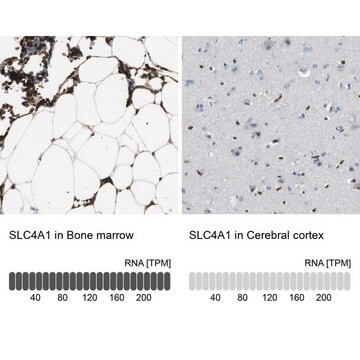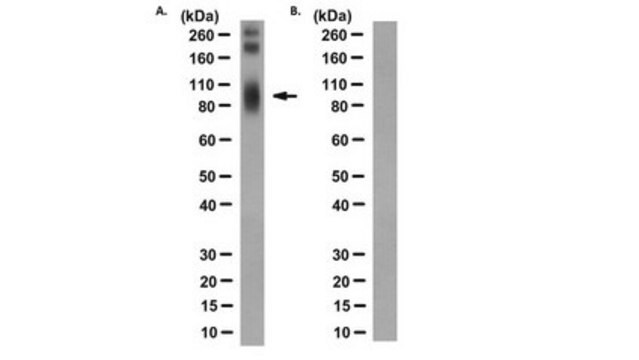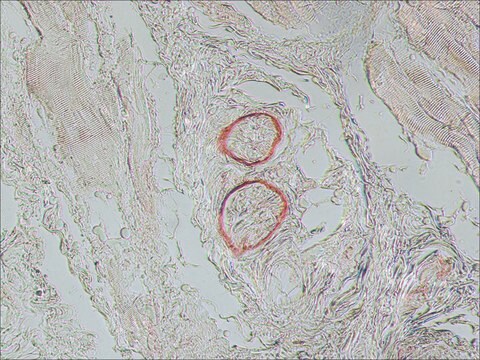G7900
Monoclonal Anti-Glycophorin A (α) antibody produced in mouse
ascites fluid, clone E4
About This Item
FACS
IF
WB
flow cytometry: suitable using bone marrow nucleated cells
indirect immunofluorescence: suitable using bone marrow nucleated cells
western blot: suitable using extracts of human red blood cell ghosts
Produits recommandés
Source biologique
mouse
Conjugué
unconjugated
Forme d'anticorps
ascites fluid
Type de produit anticorps
primary antibodies
Clone
E4, monoclonal
Contient
15 mM sodium azide
Espèces réactives
human
Technique(s)
agglutination assay: 1:800 using human erythrocytes
flow cytometry: suitable using bone marrow nucleated cells
indirect immunofluorescence: suitable using bone marrow nucleated cells
western blot: suitable using extracts of human red blood cell ghosts
Isotype
IgM
Numéro d'accès UniProt
Conditions d'expédition
dry ice
Température de stockage
−20°C
Modification post-traductionnelle de la cible
unmodified
Informations sur le gène
human ... GYPA(2993)
Spécificité
Immunogène
Application
- agglutination assay at a working dilution of 1:800 using human erythrocytes
- flow cytometry using bone marrow nucleated cells
- indirect immunofluorescence using bone marrow nucleated cells
- western blot using extracts of human red blood cell ghosts
Actions biochimiques/physiologiques
Clause de non-responsabilité
Vous ne trouvez pas le bon produit ?
Essayez notre Outil de sélection de produits.
Code de la classe de stockage
10 - Combustible liquids
Classe de danger pour l'eau (WGK)
nwg
Point d'éclair (°F)
Not applicable
Point d'éclair (°C)
Not applicable
Faites votre choix parmi les versions les plus récentes :
Déjà en possession de ce produit ?
Retrouvez la documentation relative aux produits que vous avez récemment achetés dans la Bibliothèque de documents.
Notre équipe de scientifiques dispose d'une expérience dans tous les secteurs de la recherche, notamment en sciences de la vie, science des matériaux, synthèse chimique, chromatographie, analyse et dans de nombreux autres domaines..
Contacter notre Service technique